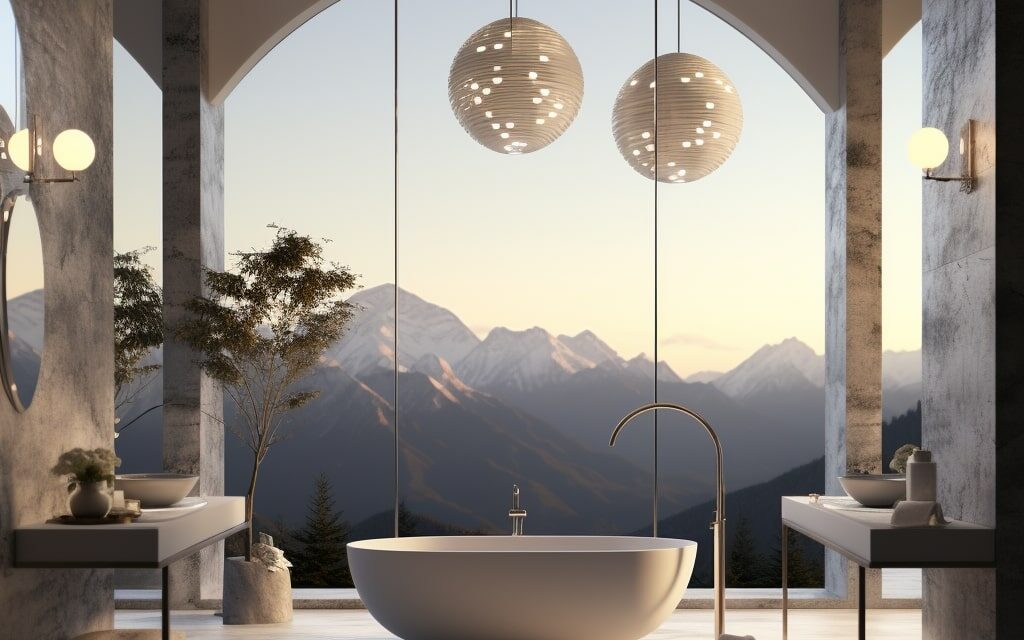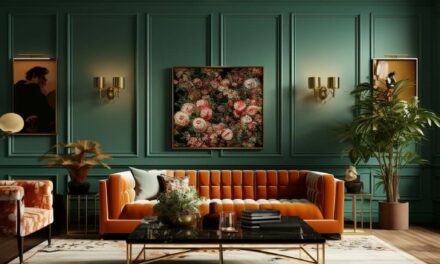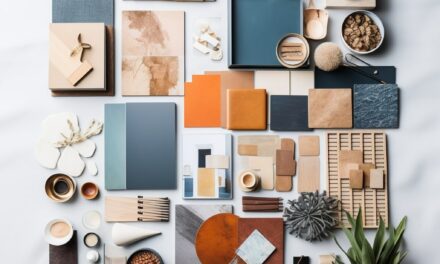Have you ever walked into a room and been struck by how perfectly everything seems to fit together? How the colors, shapes, and patterns just seem to work? There’s a good chance that a skilled interior designer used principles of geometry to create that harmonious space.
Geometry has long been a part of architecture and design, used to create structures that are both beautiful and functional. In interior design, geometry plays a similar role, helping designers create spaces that are visually appealing and comfortable to inhabit.
How Does Interior Design Use Geometry?
An interior designer uses geometry to plan spaces, align objects, create symmetry, and ensure proper balance. It helps in visualizing proportions, enhancing aesthetics, and utilizing space efficiently.
Geometry is an essential element in interior design, as it creates a sense of harmony, balance and visual interest. Understanding the principles of geometry is crucial for interior designers, as it allows them to create beautiful and functional spaces that are pleasing to the eye.
Geometry is the study of shapes, scale, and positions of different objects in space. In interior design, the principles of geometry are applied to create a sense of proportion and balance in a room. By using geometric shapes, patterns, and elements, designers can add visual interest, create focal points and highlight architectural features.
Related: The difference between interior design and interior architecture.
The use of geometry in interior design is not limited to just one style or approach. It can be applied to different design styles, such as modern, traditional, modern classic, eclectic, or minimalist. Whether you are designing a home, office, or commercial space, employing geometric principles can help you achieve an aesthetically pleasing and functional design.
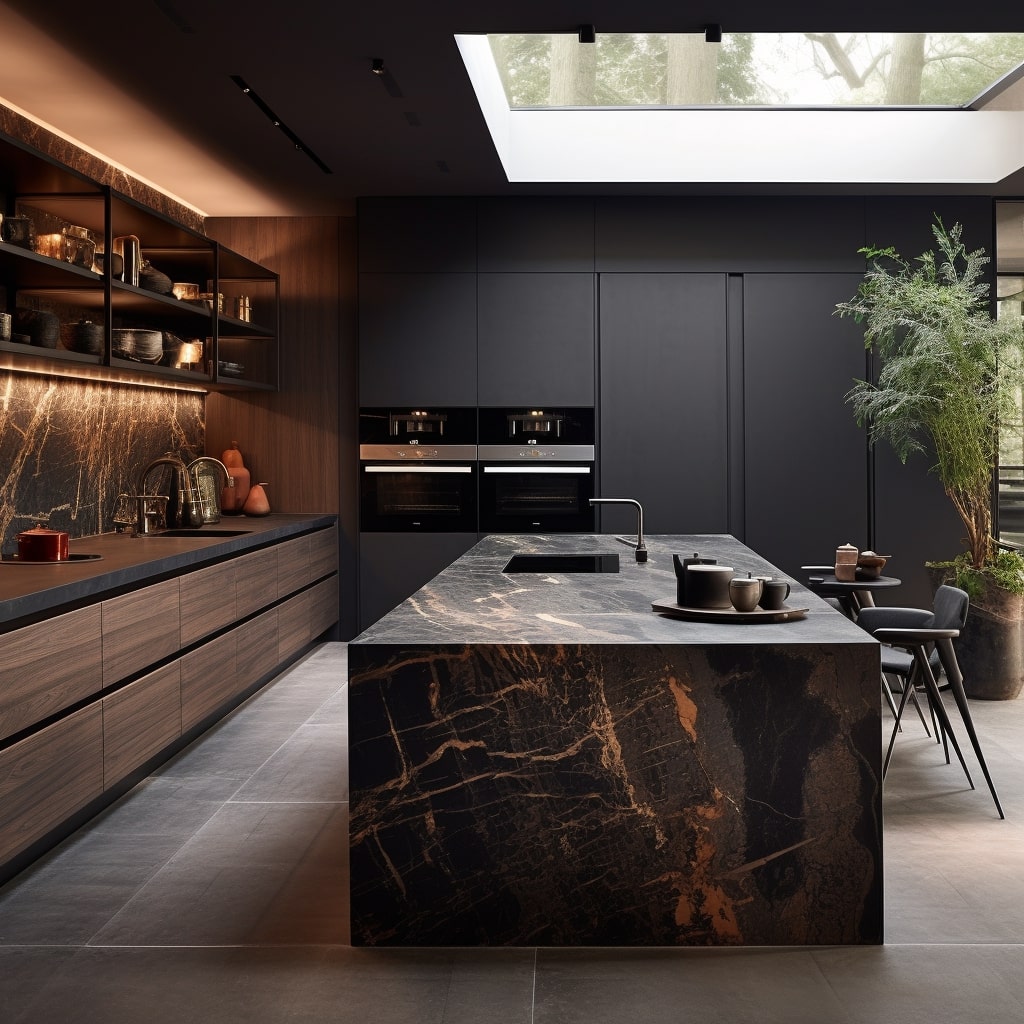
Why is Geometry Important in Interior Design?
The principles of geometry are essential in creating harmonious and visually appealing spaces. Using geometry in interior design helps to:
- Create a sense of balance and proportion in a room.
- Add visual interest to walls, floors and ceilings.
- Create focal points that draw attention to specific areas of a room.
- Maximize the efficiency of the available space.
- Highlight architectural features and design elements.
- Create a sense of harmony between different elements in a room.
By applying these principles, interior designers can create spaces that not only look beautiful but also function well. Geometry can help you to arrange furniture, select colors, and create layouts that make the most of the available space.
Incorporating Geometric Shapes in Interior Design
Geometry is an essential element in interior design, and the use of geometric shapes is an effective way to add interest and structure to a space. Designers use forms like triangles, circles, squares, and rectangles to create patterns, lines, and angles that complement the overall design and enhance its aesthetic appeal.
Triangles: Triangles are a powerful geometric shape in interior design. They can effectively draw attention to specific points in a space and create a sense of direction and movement. Designers use triangles in different ways, such as in wall décor, flooring, or lighting fixtures.
| Examples of Using Triangles: | Images: |
|---|---|
| Incorporating triangular-shaped decor items such as lampshades, mirrors, or bookshelves. | 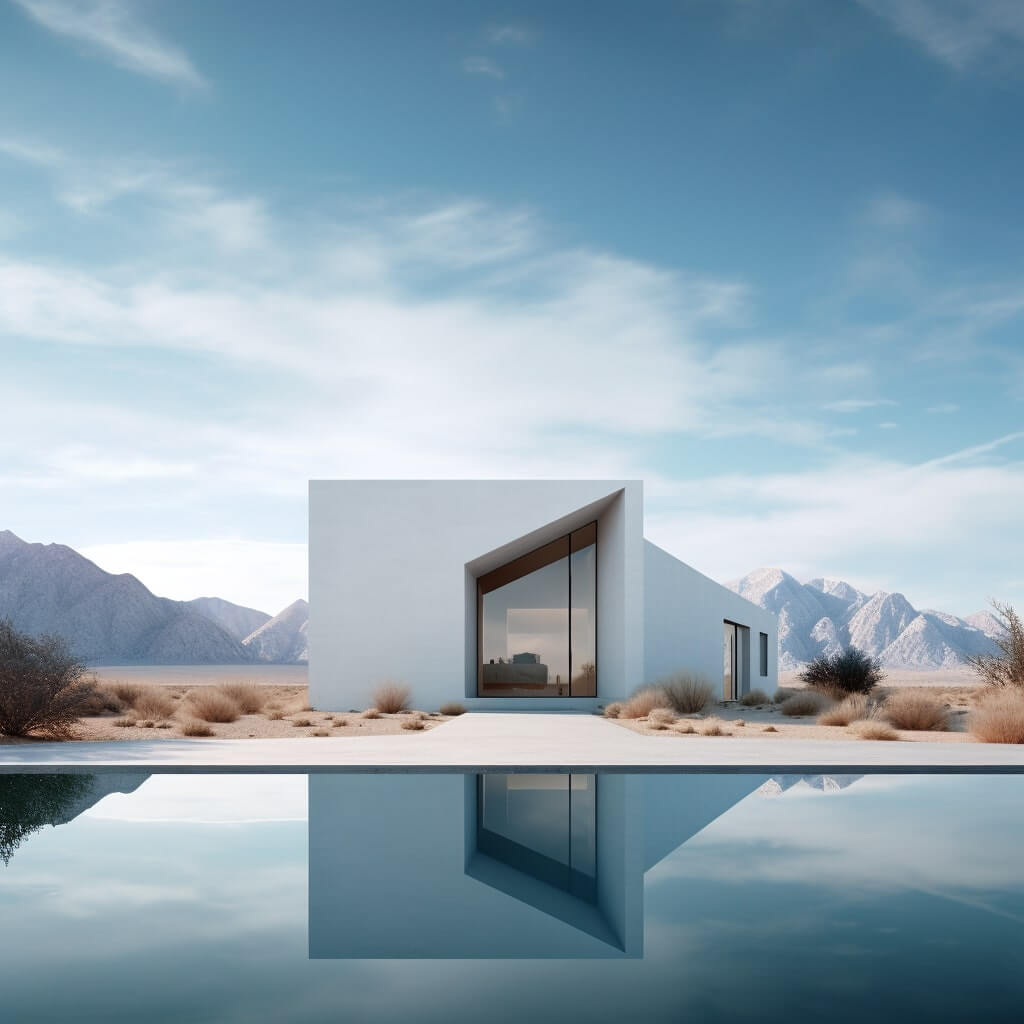  |
| Ceiling-fitted triangles to create a sense of movement and direction or divide spaces. | 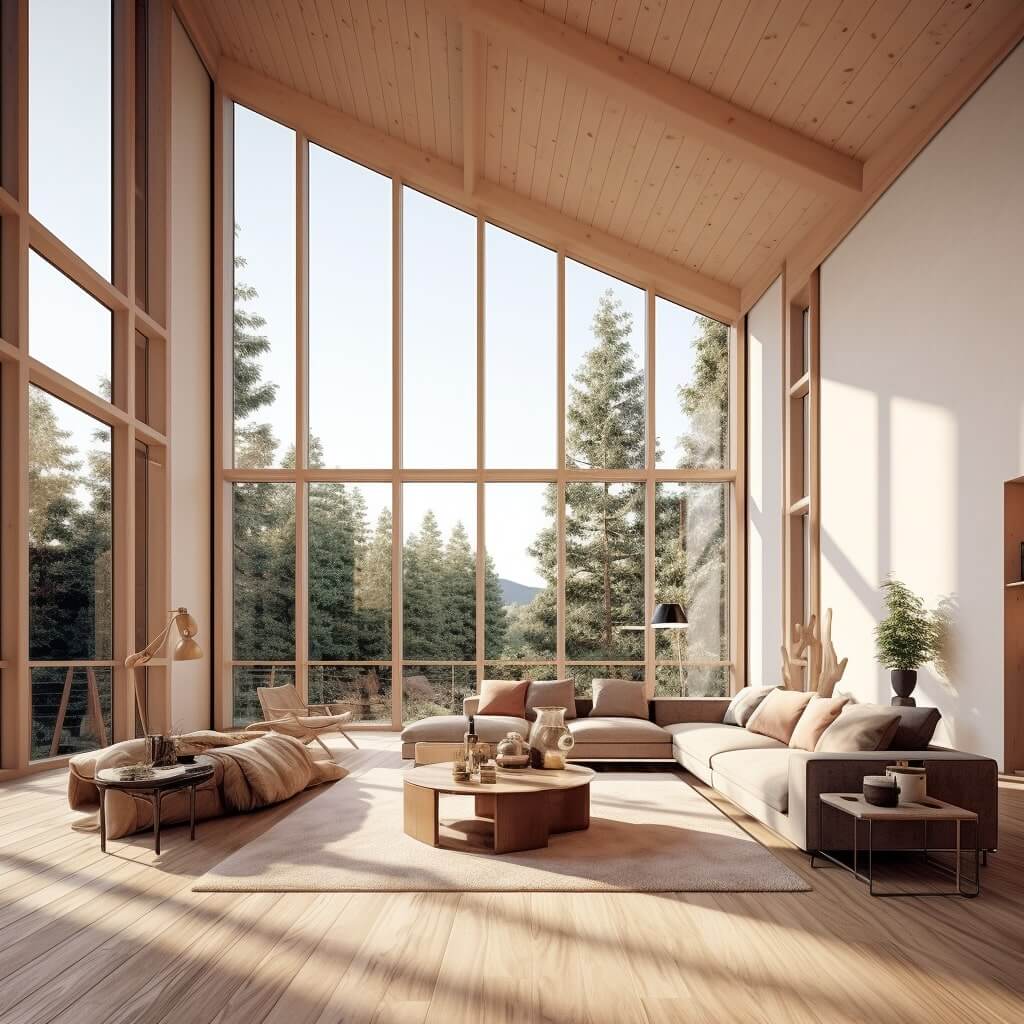  |
Circles: Circles represent continuity and harmony in interior design. They can create a sense of flow and unity in a space. Designers use circular shapes in different ways, such as in light fixtures, artwork, or mirrors.
| Examples of Using Circles: | Images: |
|---|---|
| Incorporating circular-shaped decor items such as mirrors, vases, or shelves. | 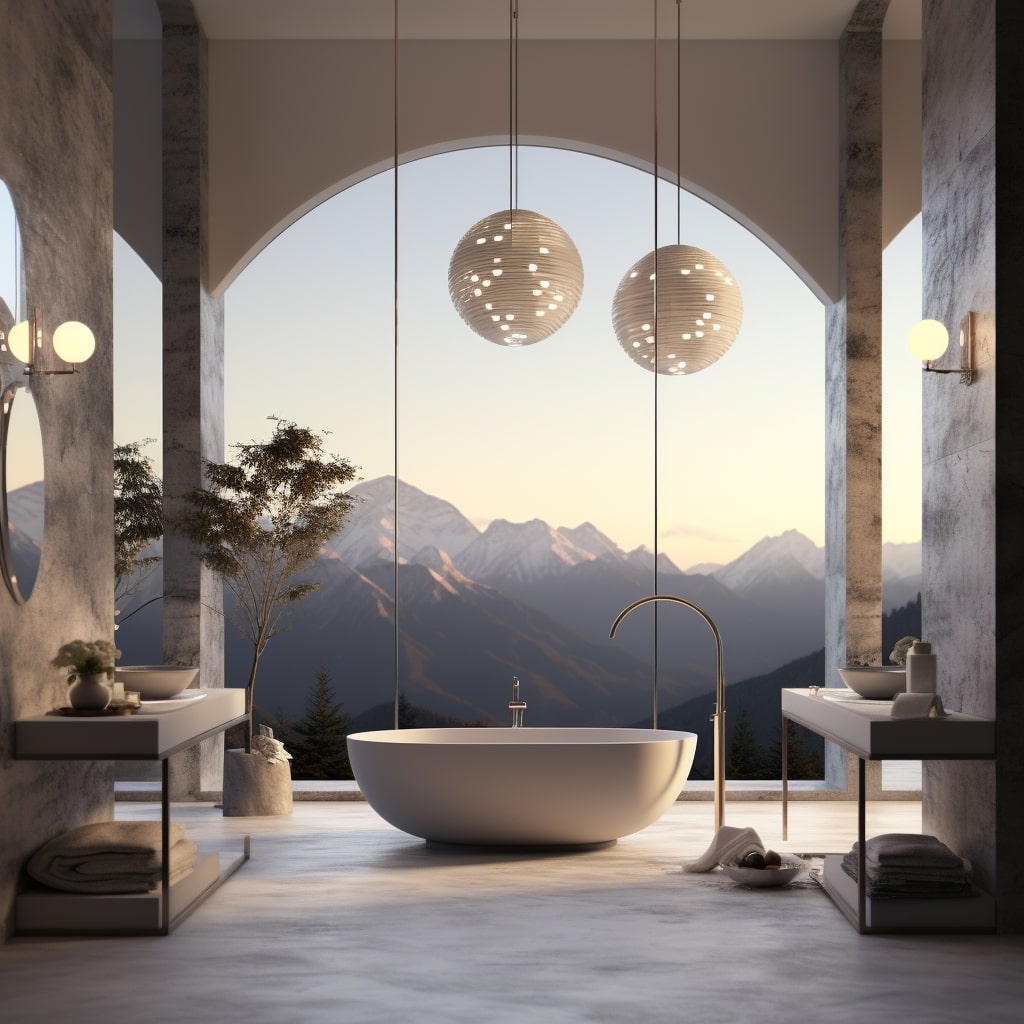  |
| Installing circular light fixtures to add interest to a space and create a sense of flow. | 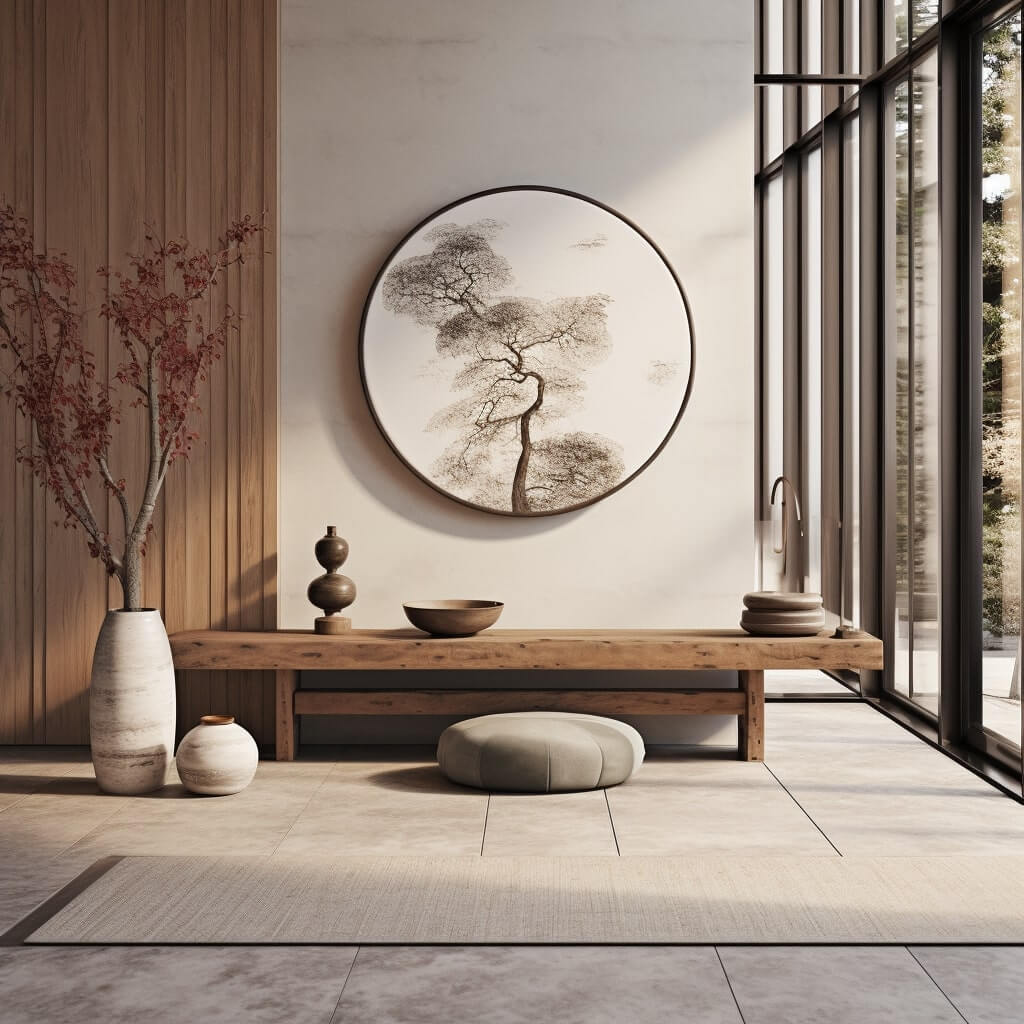  |
Squares and Rectangles: Squares and rectangles are common geometric shapes used in interior design. They represent stability, balance, and simplicity. Designers use these shapes to create clear lines, patterns, and forms in a space. They use them for wall paneling, floor tiles, or furniture.
| Examples of Using Squares and Rectangles: | Images: |
|---|---|
| Creating square or rectangular wall paneling to add texture and depth to a space. | 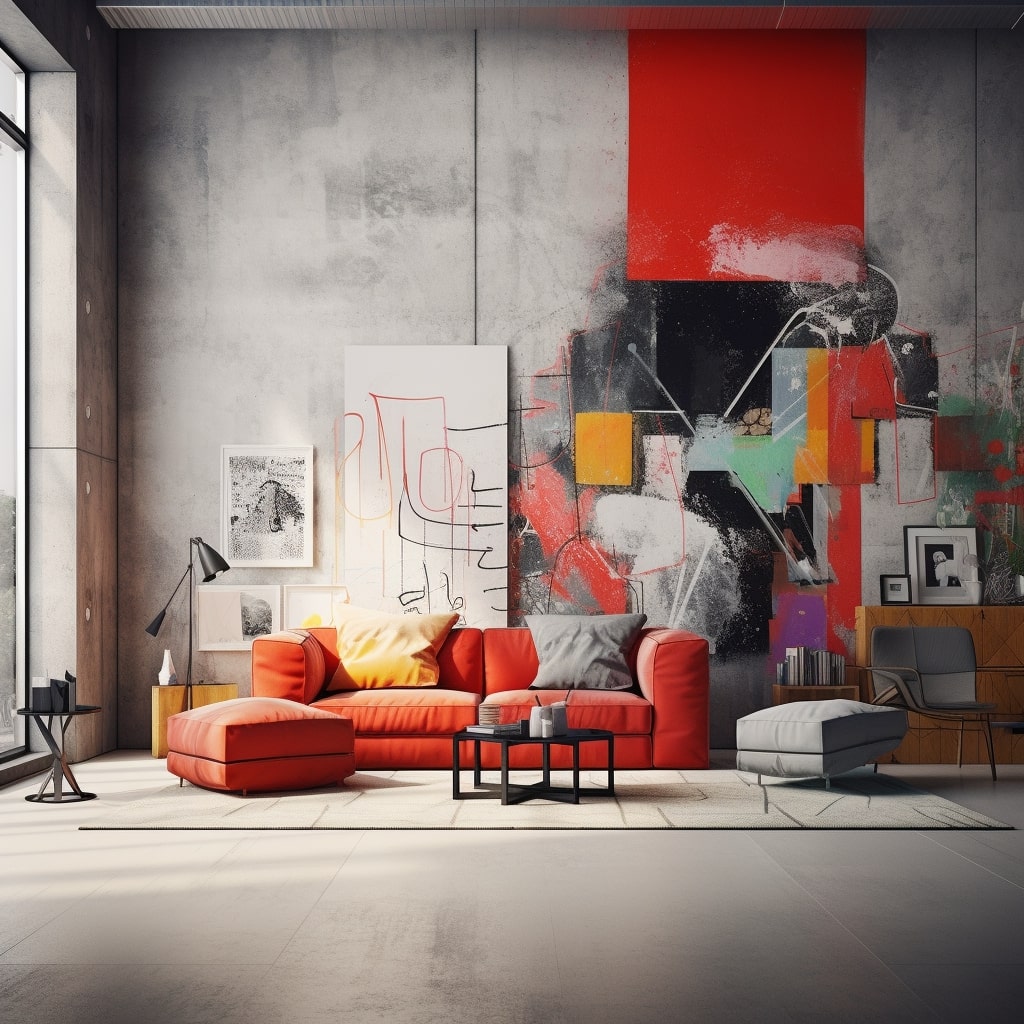  |
| Using rectangular furniture pieces like tables or bookshelves to create a sense of structure and balance in a room. | 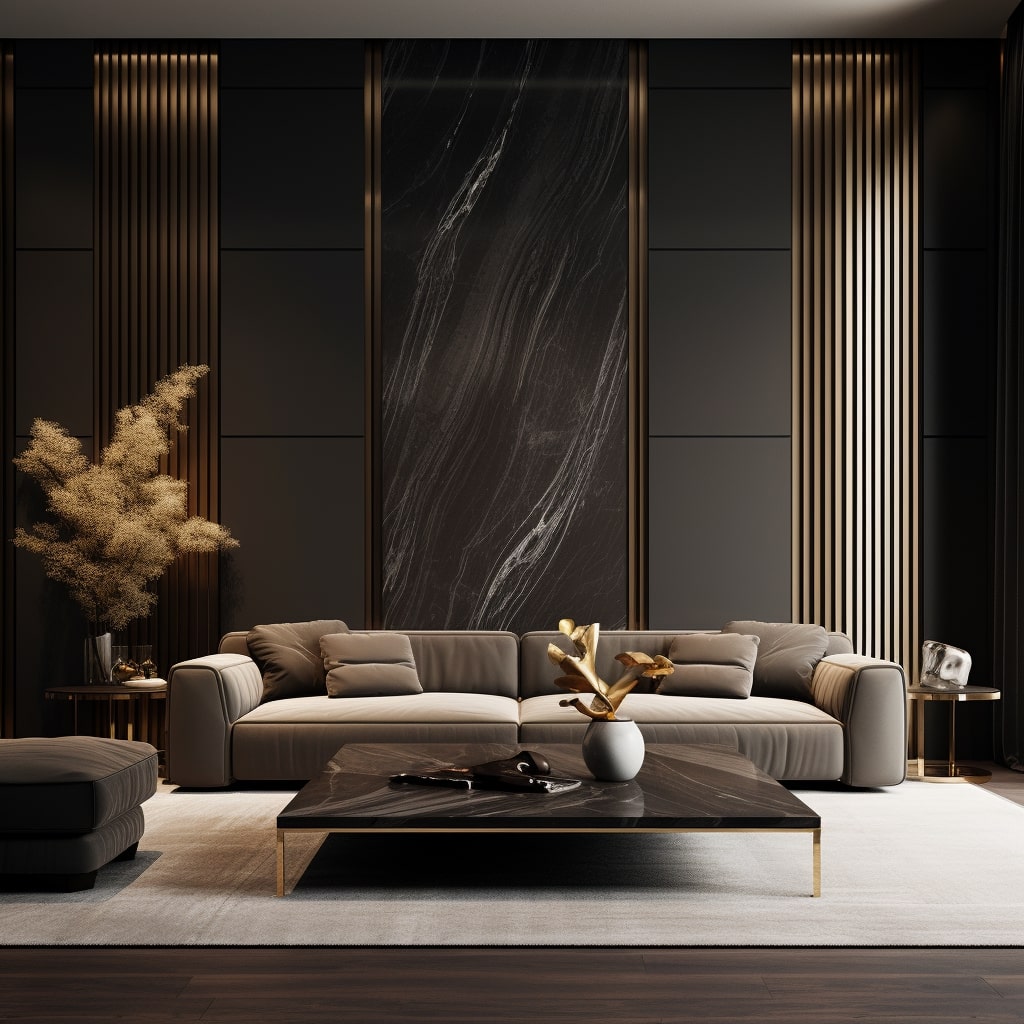  |
The Power of Geometric Patterns in Interior Design
Geometric patterns are a popular design element in modern interior design. These patterns are created by repeating shapes like triangles, squares, circles, and diamonds to form a pattern. They can be bold and eye-catching or subtle and muted, depending on the desired effect. In interior design, using geometric patterns can create a sense of movement, depth, and dimension.
What are some popular geometric patterns used in interior design?
| Pattern Name | Description | Application |
|---|---|---|
| Chevron | A zigzag pattern created by repeating inverted V shapes. | Accent walls, rugs, curtains, throw pillows. |
| Herringbone | A pattern of repeating parallel lines that create a V-shape. | Wooden floors, backsplashes, tile patterns. |
| Lattice | A pattern of intersecting lines that form a network of squares or diamonds. | Privacy screens, window treatments, room dividers. |
Chevron patterns can be used to add a modern touch to a living room, while herringbone patterns are a popular choice for wooden floors in a rustic or industrial space. Lattice patterns are great for adding privacy without sacrificing natural light flow in a room.
How can geometric patterns be incorporated into a room without overwhelming the space?
When using geometric patterns, it’s important to balance them with solid colors and textures. For example, a room with a bold geometric wallpaper might pair well with muted solid-colored furniture, to prevent the pattern from becoming too overwhelming. A rug with a subtle geometric pattern can complement a room with solid-colored walls and furniture, to add visual interest without overshadowing other design elements.
What colors work well with geometric patterns?
The colors used in a geometric pattern should complement the rest of the room’s color scheme. Neutral colors like white, gray, and black can provide a muted backdrop for bold patterns, while pastel colors can create a softer, more subtle effect. Bright, bold colors like red, blue, and yellow can create a vibrant, playful effect.
Overall, incorporating geometric patterns into interior design can add a fun and modern touch to any space. With the right balance of color and texture, geometric patterns can create a visually stunning and cohesive design.
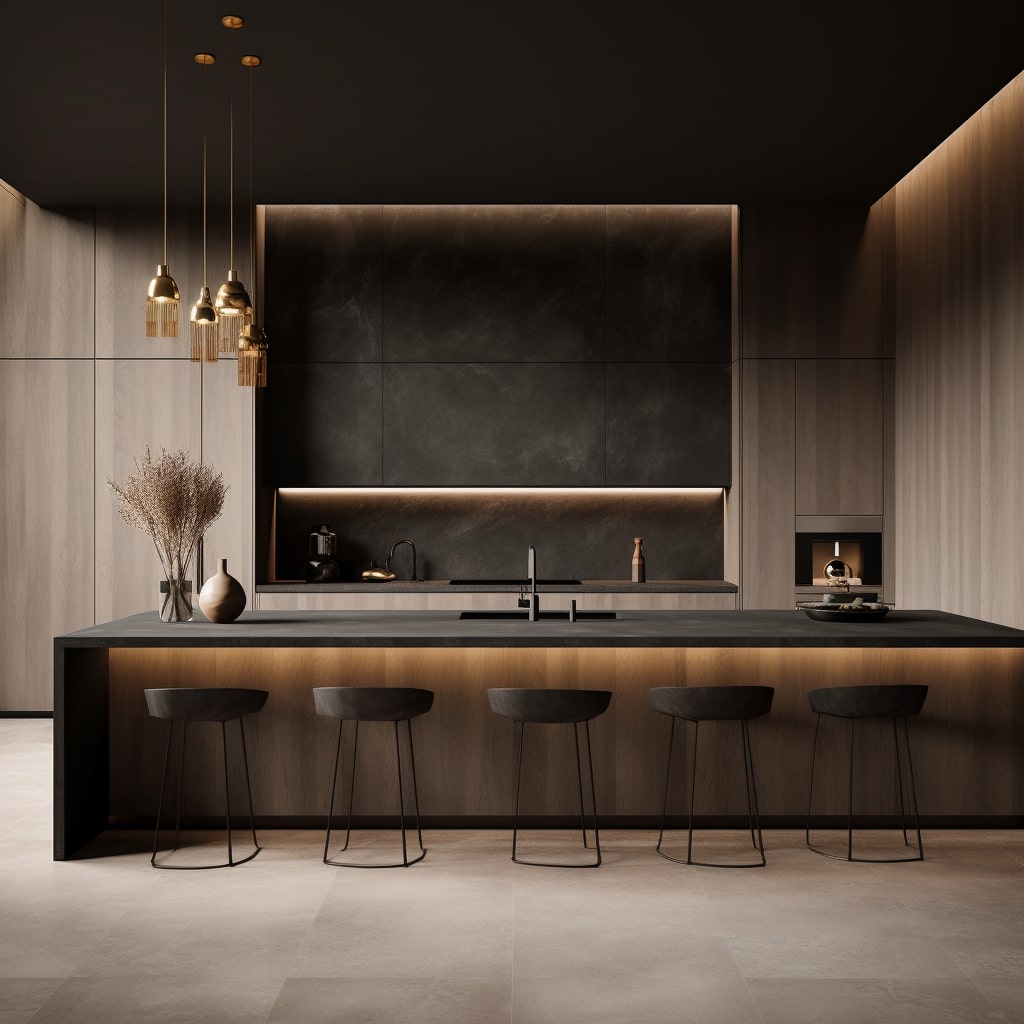

Creating Balance and Proportion with Geometry
One of the key factors in creating a visually appealing interior space is achieving balance and proportion. Using geometric design concepts in interior design is an effective way to achieve this. By strategically placing geometric shapes and patterns, designers can create a sense of harmony and equilibrium in a room.
What is the Golden Ratio?
One concept often used in geometry-based interior design is the golden ratio. This is a mathematical ratio that is said to create a sense of harmony and balance. The ratio is approximately 1.618 and is found in many naturally occurring patterns. By incorporating this ratio into their designs, interior designers can create spaces that are visually appealing and pleasing to the eye.
Using Symmetry in Interior Design
Symmetry is another way to add balance and proportion to a space. By creating a mirror image on either side of a room, designers can create a sense of order and harmony. Symmetry can be achieved through the placement of furniture, artwork, and even lighting fixtures.
Playing with Proportions
Geometry can also be used to play with the proportions of a room. For example, a designer may choose to use a large geometric pattern on one wall to create a sense of depth, while keeping the other walls neutral to balance the space.
By utilizing these geometric design concepts, interior designers can create visually stunning spaces that are both functional and aesthetically pleasing.
Incorporating Geometric Elements in Interior Design
Interior designers use a variety of geometric elements to add visual interest and enhance the overall aesthetic of a space. By incorporating lines, curves, and angles, designers can create balance, contrast, and symmetry in a room. One of the most common ways to incorporate geometric elements is through the use of patterns and shapes.
Triangles, circles, squares, and rectangles are some of the most popular shapes used in interior design. They are versatile and can be applied in a variety of ways, from bold statement walls to subtle accents in textiles and accessories. Geometric patterns like chevron, herringbone, and lattice can also be used to create striking visual effects.
When using geometric elements, it’s essential to choose the right colors. Neutral tones like black, white, and gray work well with geometric designs and provide a timeless and classic look. Bold and bright colors can also be used to create a more playful and energetic atmosphere. However, it’s important to avoid overdoing it and stick to a cohesive color palette.
Another way designers incorporate geometric elements is through the use of furniture and accessories. For example, a sofa with clean lines and sharp angles can add a modern touch to a room, while a round mirror can soften harsh edges. Lighting fixtures with geometric shapes can also be used to create focal points and draw the eye towards specific areas of the room.
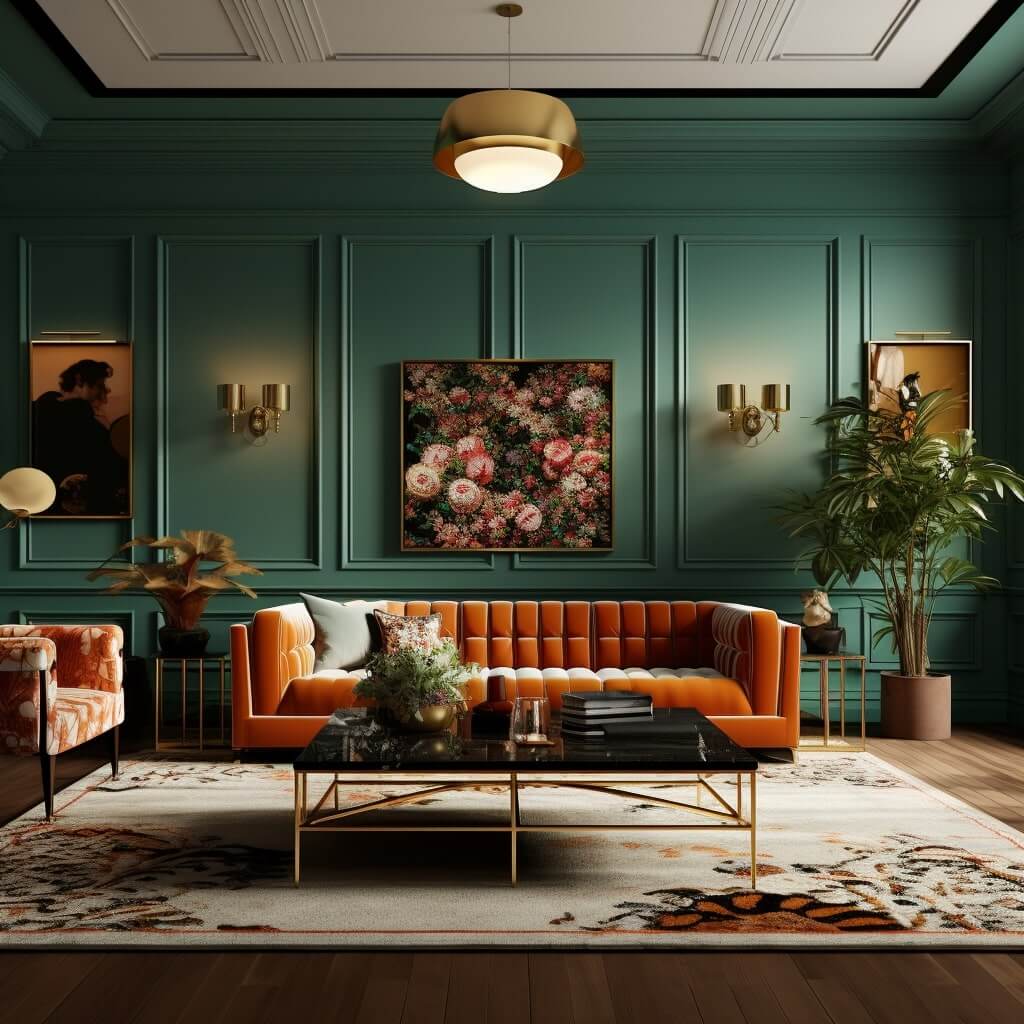

Maximizing Space Efficiency through Geometry
One of the core reasons for incorporating geometry in interior design is to harness the power of spatial planning. This principle can be used to make spaces look larger or smaller, depending on the objective. As such, an interior designer can use creative geometric arrangements to maximize space efficiency while still achieving aesthetic goals.
A common technique used in spatial arrangement is to incorporate the principle of the Golden Ratio. This ratio is a mathematical formula represented by the value of 1.618. When applied to design, it helps to create a balanced and proportioned space that feels harmonious and visually appealing. Interior designers can incorporate this ratio in various ways, such as using it to space out furniture or finding the right proportions for different elements in the room.
| Principles of Geometry | How it Helps with Space Efficiency |
|---|---|
| Symmetry | By using symmetry in interior design, designers can create a sense of visual order and balance, which help make a space look and feel larger. For instance, a room with symmetrical furniture or decor elements makes it look more organized, spacious, and inviting. |
| Angles | Using angled furniture or decor elements can help to break up a space, making different areas of a room more defined. Designers can also add more visual interest to a space by using geometry in this way, while still maximizing the space’s efficiency. |
| Geometric Arrangement | A well-planned geometric arrangement of furniture and accessories can help to optimize space and make it feel more efficient. Whether it’s arranging items in a diagonal pattern, or grouping them together symmetrically, geometric arrangement is a powerful tool in making a space look and feel its best. |
Overall, the principles of geometry are a powerful tool for interior designers in maximizing space efficiency. By using symmetry, angles, and geometric arrangement, designers can create spaces that are both visually appealing and functional.
Choosing the Right Colors for Geometric Designs
When it comes to incorporating geometric patterns and shapes in interior design, choosing the right colors is crucial for achieving a cohesive and visually pleasing look. Here are some tips to help you select the perfect colors for your geometric designs:
Consider the Mood
The colors you choose for your geometric designs can greatly affect the mood of the room. Consider the atmosphere you want to create and choose colors that reflect that mood. For example, warm and vibrant hues like red, orange, and yellow can create a lively and energetic atmosphere while cool and calming colors like blue and green can create a relaxing and tranquil vibe.
Stick to a Color Scheme
When incorporating geometric patterns and shapes in interior design, it’s important to stick to a color scheme to avoid overwhelming the space. Choose a few colors that complement each other and use them consistently throughout the room. For example, you could use different shades of blue and green for a calming and cohesive look.
Pay Attention to Contrast
Contrast is key when it comes to creating visually appealing geometric designs. Choose colors that contrast each other to make the shapes and patterns stand out. For example, you could use a black and white color scheme for a bold and high-contrast look or pair complementary colors like blue and orange for an eye-catching contrast.
Related: Opposition in design and why it works.
Experiment with Accents
Don’t be afraid to experiment with accent colors when incorporating geometric designs in your interior spaces. Accent colors can help add depth and interest to the space. For example, you could pair a neutral color scheme with a pop of bright pink or yellow for a playful and unexpected twist.
By following these tips, you can choose the right colors to complement your geometric designs and create a space that is visually appealing and cohesive.
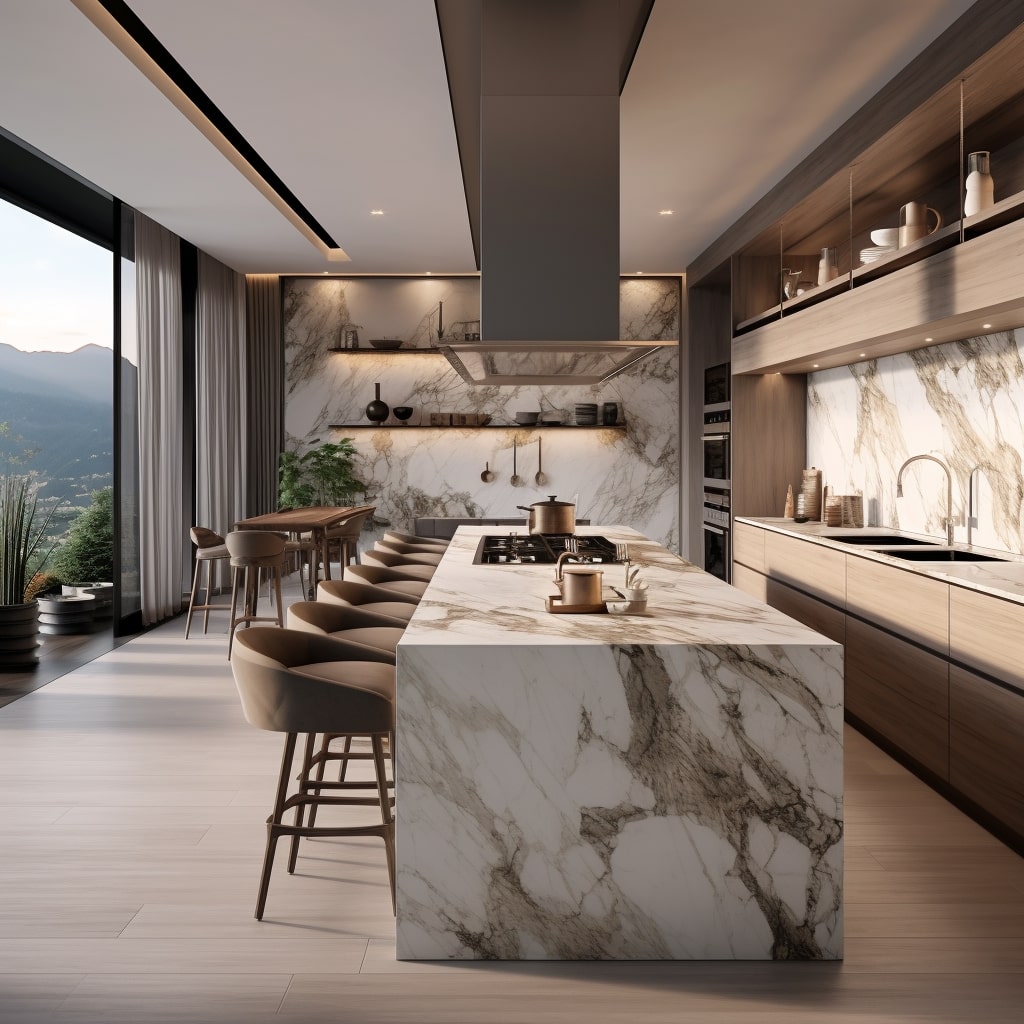

Incorporating Geometry in Different Interior Styles
Geometry can be incorporated into various interior styles, allowing designers to create unique and visually striking spaces. Here are some examples of how geometry can be used in different interior styles:
Modern
Modern interior design often features clean lines, geometric shapes, and a minimalist color palette. Geometric patterns can be incorporated into the design through rugs, wallpaper, and artwork. Angular furniture, such as a geometric coffee table, can also add a touch of geometry to a modern space.
Minimalist
In a minimalist interior, geometry is used to create simple yet impactful designs. A geometric pendant light can be used as a statement piece in a minimalist space, while a geometric area rug can add a touch of warmth and texture. Simple geometric shapes can also be used as a decorative element, such as a circle mirror or a triangular shelf.
Eclectic
Eclectic interior design allows for a mix of different styles and elements, including geometry. In an eclectic space, geometric shapes and patterns can be mixed and matched, creating an eye-catching and playful design. A geometric-printed sofa or a colorful geometric rug can add a lively touch to an eclectic space.
Remember, incorporating geometry into your interior design can be a fun and creative way to add visual interest and depth to your space. With a little imagination and experimentation, you can create a unique and stylish interior that reflects your personal taste and style.
Frequently Asked Questions
What types of geometric shapes can be used in interior design?
There are a variety of geometric shapes that can be used in interior design, including triangles, circles, squares, and rectangles. These shapes can be used in a variety of ways, such as creating patterns, dividing a space, or as decorative accents.
Can geometric patterns work in small spaces?
Yes, geometric patterns can work in small spaces! To avoid overwhelming the area, use smaller patterns and limit the number of patterns used. Additionally, using light colors and contrasting the patterns with solids can help create a sense of spaciousness.
How do interior designers use the golden ratio in their designs?
The golden ratio is a mathematical concept that has been used in art and architecture for centuries. In interior design, the golden ratio can be used to create a sense of balance and proportion in a space. Interior designers may use the golden ratio to determine the placement of furniture or to create a focal point in a room.
What is the difference between symmetry and asymmetry in interior design?
Symmetry in interior design refers to a balanced arrangement of elements, where each side of a space is identical or nearly identical. Asymmetry, on the other hand, refers to an unbalanced arrangement of elements that can create visual interest and dynamic energy in a space. Both can be used effectively in interior design depending on the desired effect.
How can I incorporate geometry into a minimalist design aesthetic?
Minimalism is often characterized by clean lines and a limited color palette. To incorporate geometry into a minimalist design, consider using simple geometric shapes and patterns in a neutral color palette. A statement piece, such as a geometric rug or a piece of artwork, can also add interest without overwhelming the space.
Can geometric designs work in a traditional interior design style?
Yes, geometric designs can certainly work in a traditional interior design style! Consider using classic geometric patterns, such as herringbone or chevron, in traditional colors like navy or burgundy. Combining traditional elements with modern geometric designs can create a unique and dynamic aesthetic.
With a little creativity and understanding of the principles of geometry, incorporating geometric elements into your home’s interior design can add interest and visual appeal to any space. Don’t be afraid to experiment and have fun with it!







